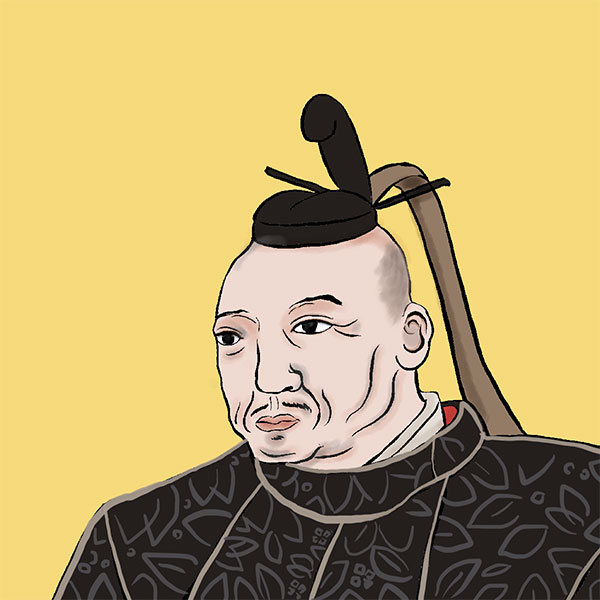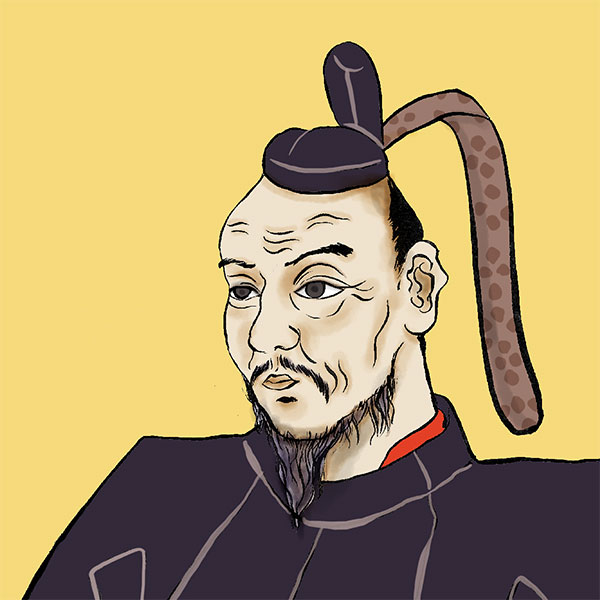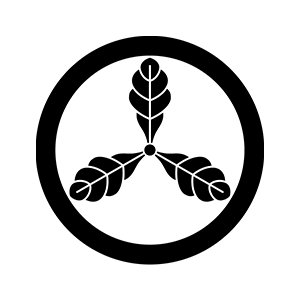- Tosa domainProduced many great figures who were active at the end of the Edo period
- The Tosa domain is a domain that has been ruled for generations by the Yamauchi family, whose founder was Kazutoyo Yamauchi. The end of the Edo period saw the birth of many great figures who are still popular today, such as Taisuke Itagaki and Ryoma Sakamoto. Let's unravel the history of the Tosa domain. Before Kazutoyo Yamauchi took over

Kochi CastleKochi City, Kochi Prefecture
- TOP
- Shikoku
- Kochi Prefecture
- Kochi Castle
| Other name | Takajo |
|---|---|
| castle construction | 1601 |
| address | 1-2-1 Marunouchi, Kochi City, Kochi Prefecture |
| telephone number | 088-824-5701 |
| Opening hours | 9:00 a.m. to 5:00 p.m. (last entry 4:30 p.m.) |
| closing day | December 26th - January 1st |
| Admission fee | Adults 420 yen / Under 18 years old free |
Kochi Castle is one of the 12 existing castle towers. Kochi Castle is the only castle where both the castle tower and Honmaru Palace still exist.
- Access to Kochi Castle
- Approximately 10 minutes by bus from Kochi Station on the JR Shikoku Dosan Line.
About 5 minutes walk from Tosaden Kotsu Ino Line "Kochijomae" stop.
HISTORYKochi Castle, one of Japan's 100 famous castles built by Kazutoyo Yamauchi
Kochi Castle is a Hirayama Castle located in Kochi City, Kochi Prefecture, built by Kazutoyo Yamauchi. It is built on Mt. Otakasaka (44.4m above sea level), almost in the middle of the Kochi Plain. It is the only castle in Japan where not only the castle tower but also the Honmaru Goten and Otemon gate built in the Edo period still exist. Let's unravel the history of Kochi Castle.
- A castle located on Mt. Otakasaka during the Nanbokucho period
- It is recorded that there was a castle on Mt. Otakasaka built by the Otakasaka clan, a local ruling family, during the period of the Northern and Southern Courts. Although it is not certain what kind of castle it was, it was home to a military commander named Otakasaka Matsuomaru, and belonged to the Southern Court. In 1338, he invited Imperial Prince Masayoshi, the seventh son of Emperor Godaigo, to the castle and fought against Hosokawa Zenjo and Saeki Tsunesada of the Northern Court, but was defeated and Otakasakayama Castle fell. , it seems to have become an abandoned castle. The whereabouts of Imperial Prince Mitsuyoshi are no longer known, and he has not appeared in subsequent records.
- About Kochi during the Azuchi-Momoyama period
- During the Azuchi-Momoyama period, Kochi (Tosa) was ruled by the Chosokabe clan, who had risen from the ranks to feudal lord. In 1587, Motochika Chosokabe, the 21st head of the Chosokabe clan, returned from the Kyushu expedition with Toyotomi Hideyoshi and built another castle on Mt. Otakasaka as his residence. However, this area had poor drainage and was covered in wetlands, so they abandoned the castle after three years and rebuilt Urato Castle in Urato in 1591, making it their residence again. However, this theory is controversial. It is said that Urato Castle was only a temporary residence of Hideyoshi when he dispatched troops to Korea, and that he was building and renovating the castle on Mt. Otakasaka. Even today, you can still see the stone wall built by Motochika Chosokabe called the "Chosokabe period stone wall" at Kochi Castle.
- Kochi Castle in the Edo period
- Chosokabe Morichika, the 22nd head of the Chosokabe clan, was abducted by Tokugawa Ieyasu in 1601 because he sided with the Western army at the Battle of Sekigahara. The person who was given the land of Tosa in his place was Kazutoyo Yamauchi, a Sengoku warlord famous for the story of Naisuke's exploits.
Kazutoyo Yamauchi decided to build a castle on the land of Mt. Otakasaka, which Motochika Chosokabe had abandoned, but he was a warlord who sided with the Western army and took shelter in Kyoto because he felt that his own skills were not sufficient to prevent flood damage. He hired a person named Momodotsunaie who was working at the company.
The Momotsuna family had excellent castle construction techniques, and they also had Omi Anatashu under their control who were excellent in stone walling techniques. Kazutoyo Yamauchi hires the Momotsuna family as general magistrate and begins construction of the castle. - Kochi Castle in the Edo period, continued
- At the same time, the Momozuna family began flood control work on rivers such as the Kagami River and Enokuchi River in order to improve the castle town.
Construction progressed at a rapid pace, and it is said that construction work was carried out at night when the moon was bright. As a result, the stone walls of Maru and Ninomaru were completed in 1603, and on August 21 of the same year, Kazutoyo Yamauchi entered Kochi Castle.
At this time, the name of the castle was changed to Kawanakayama Castle (Kochiyama Castle) on the advice of a monk named Zaikawa of Shinnyo-ji Temple.
However, as the castle suffered from repeated floods, in 1610, the second lord of the domain, Tadayoshi Yamauchi, changed the name from Kawanakayama Castle to Kochiyama Castle on the advice of the monk Soukyo of Chikurinji Temple. The name was then shortened to Kochi Castle, and the name of the castle town was also changed to "Kochi." This place name is now Kochi City. - In 1727, a huge fire struck the castle town of Kochi, and most of Kochi Castle was destroyed except for the Otemon gate. From then on, the castle was rebuilt until 1753. Many of the buildings that still exist today, including the castle tower, were rebuilt at this time.
- Kochi Castle after the Meiji era
- According to the castle abolition ordinance issued in 1873, most of Kochi Castle was destroyed except for the existing buildings.
Later, in 1910, Japan's first garden designer, Yasuhei Nagaoka, turned most of the site into a park, which was opened to the public.
In 1934, 15 buildings including the castle tower were designated as national treasures under the old National Treasure Preservation Act. However, in 1945, the Great Kochi Air Raid occurred, and Kochi Castle was also damaged.
In 1950, 15 buildings including the castle tower were designated as national important cultural properties, and in 1959, they became national historic sites. On April 6, 2006, it was designated as one of Japan's top 100 castles.
Renovation work on the castle tower railing began in 2020 as part of a major renovation project, and was completed in 2021. - Currently, Kochi Castle is the centerpiece of Kochi's tourism, and at the same time, various events are held every season to entertain not only tourists but also locals. In addition, the area surrounding Kochi Castle is the birthplace of Ryoma Sakamoto, who was active at the end of the Edo period, and there are many stone monuments related to Fukuoka's filial disciples and Taisuke Itagaki, making it a sacred place for fans of the end of the Edo period. The castle has a lot to see, so we recommend taking plenty of time to explore it.
Read biographies related to Kochi Castle
History of the Tosa domain, whose domain was Kochi Castle
| Domain office | Kochi Castle |
|---|---|
| old area | Kochi, Tosa District, Tosa Province |
| stone height | 202,600 koku |
| Fudai/Tozama | Foreigner |
| main lord | Yamauchi family |
| Estimated population | 510,000 people (first year of the Meiji era) |
























